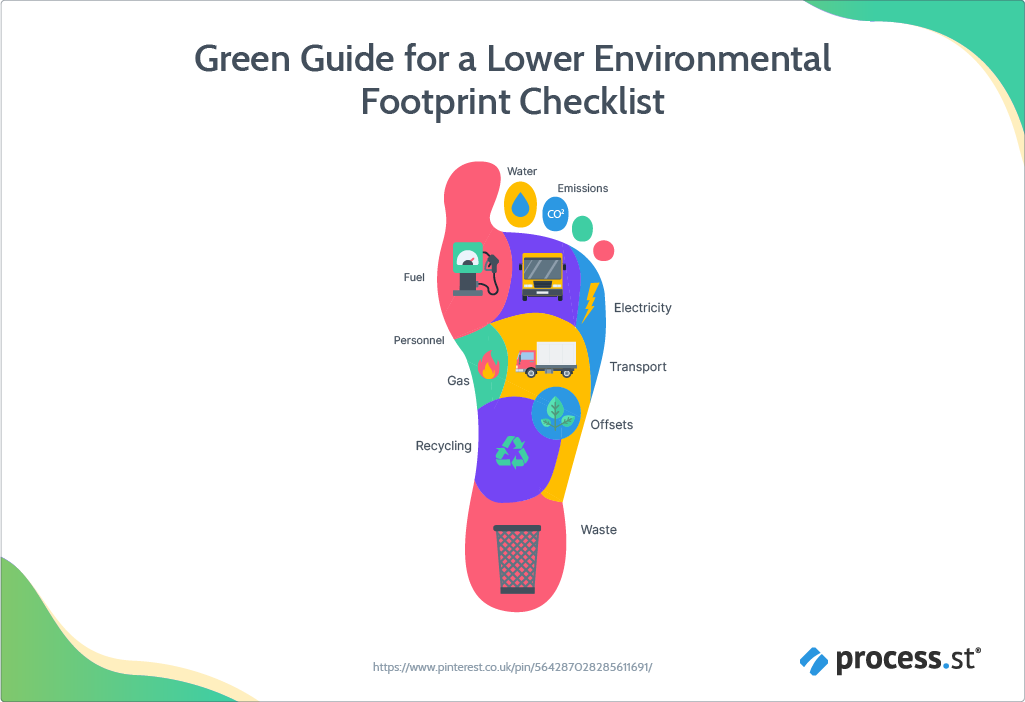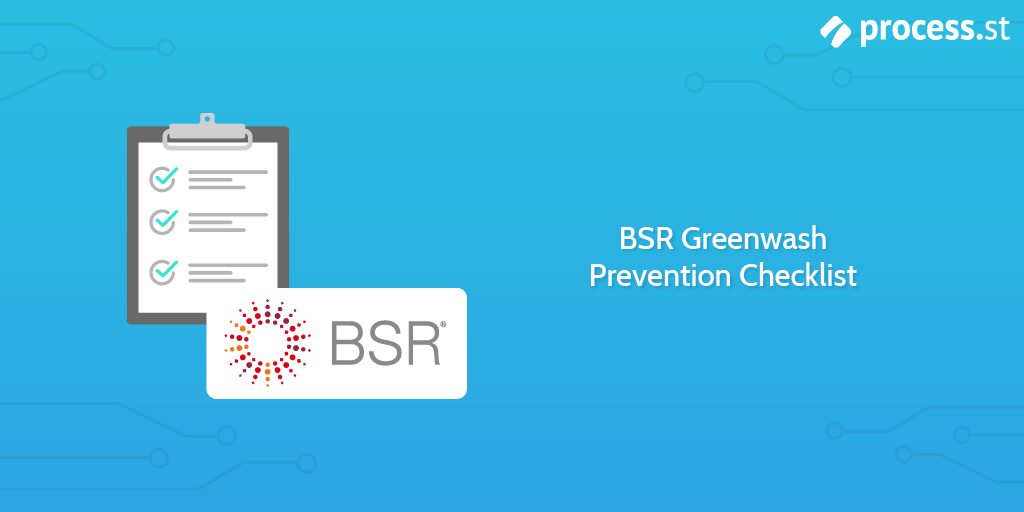A common misconception of risk management is that it's an overtly negative approach. That couldn't be further from the truth.
In reality, risk management is an optimistic and opportunistic practice that seeks to adopt a proactive outlook, as opposed to a reactive one.
The point of risk management is to make the most of the present, while preparing for the future (and capitalizing on deviations from standard procedure)
ISO describes risk management as:
"...[the] systematic application of policies, procedures and practices to the activities of communicating and consulting, establishing the context and assessing, treating, monitoring, reviewing, recording and reporting risk." - ISO 31000 Guidelines for Risk Management
To successfully implement a risk management system, you need a good process.
The purpose of this checklist is to streamline the risk management process by automating tedious manual tasks and reducing human error by providing a reliable, simplified framework in the form of individual, actionable steps.
While it's important to note that the best kind of risk management systems are highly customized (and that risk management is never a one-size-fits-all solution), this template will provide you with a firm foothold to get started and figure out the best risk management approach for your organization.







